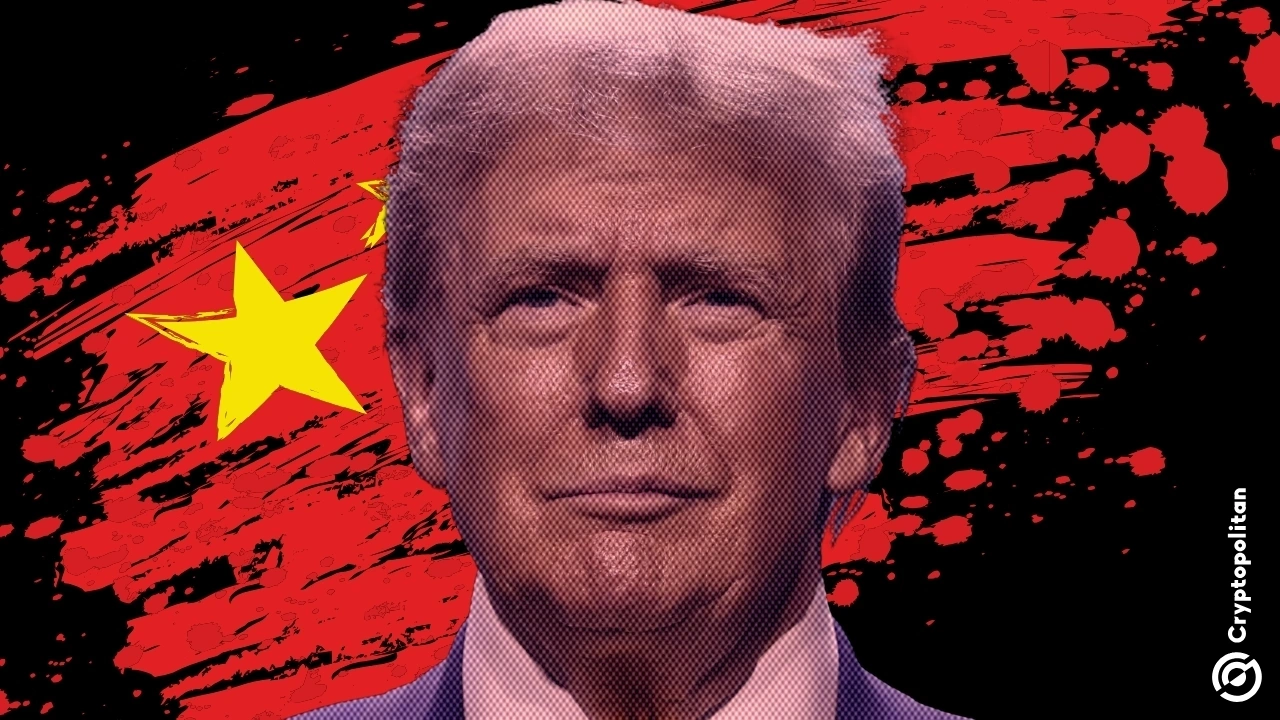Trump announced a new economic and trade agreement with China after meeting Chinese President Xi Jinping in the Republic of Korea. The White House released the full terms.
The deal is meant to de-escalate the trade fight between both countries. It includes lowered U.S. tariffs, large Chinese purchases of American farm goods, and China reversing several export control and retaliation measures.
Trump said the move will “reset the terms of trade” and shift how both countries manage critical supply chains and controlled materials.
The deal also pauses China’s planned restrictions on rare earth minerals and magnets. Those materials are required for chipmaking, EV motors, renewable power equipment, and weapons manufacturing.
China will issue general licenses to allow exports of rare earths, gallium, germanium, antimony, and graphite to U.S. companies and suppliers.
The White House said this reverses Chinese controls announced in April 2025 and October 2022. Trump described the outcome as “a necessary step to stop market pressure tactics.”
China suspends export controls and trade retaliation
China will halt the global rollout of the new export controls it announced on October 9, 2025. It will also stop retaliation taken since March 4, 2025.
That retaliation included tariffs on U.S. soybeans, wheat, corn, cotton, sorghum, pork, beef, chicken, dairy, fruits, vegetables, and aquatic products. China will also lift non‑tariff moves such as placing American firms on “unreliable entity” lists.
Officials said the lists blocked companies from government procurement and domestic contracts.
China will buy at least 12 million metric tons (MMT) of U.S. soybeans in the last two months of 2025, and at least 25 MMT each year in 2026, 2027, and 2028. China will also resume purchases of U.S. sorghum and hardwood logs.
The White House said the volume commitments are tied to supply chain stabilization and market dependability.
China will end investigations into U.S. companies in the semiconductor supply chain. Those include antitrust, anti‑monopoly, and anti‑dumping probes. China will also take actions to ensure trade resumes from Nexperia facilities in China.
Those facilities produce legacy chips used in industrial, automotive, and defense systems. They had been limited due to trade friction.
China will take “significant measures” to stop the movement of fentanyl precursors into the United States. China will block certain chemicals entirely from being sent to North America and will strictly control the export of others to all countries.
The White House said this was required because fentanyl precursor supply chains rely heavily on Chinese chemical plants.
United States lowers tariffs and delays enforcement actions
The United States will reduce tariffs placed to curb fentanyl-linked imports by removing 10 percentage points from the cumulative rate.
This change begins November 10, 2025. The U.S. will keep the current 10% reciprocal tariff in place during a suspension period lasting until November 10, 2026.
The U.S. will also extend the expiration of certain Section 301 tariff exclusions from November 29, 2025 to November 10, 2026.
The U.S. will delay the implementation of the Expansion of End‑User Controls rule for one year starting November 10, 2025.
The U.S. will also suspend for one year actions tied to the Section 301 investigation into China’s maritime, logistics, and shipbuilding sectors. While paused, negotiations will continue.
The U.S. will also keep coordination active with South Korea and Japan to support U.S. shipbuilding and technology supply chains.
The agreement comes at the end of Trump’s Asia trip. In Malaysia, Trump signed reciprocal trade agreements with Malaysia and Cambodia, and announced negotiation frameworks with Thailand and Vietnam.
Trump also signed critical minerals deals with Thailand and Malaysia. In Japan, Trump announced new projects linked to Japan’s $550 billion investment commitment in the U.S. and expanded energy and counter‑narcotics cooperation.
In the Republic of Korea, he secured funding and industrial cooperation measures tied to maritime infrastructure, energy supply, and technology manufacturing.
The smartest crypto minds already read our newsletter. Want in? Join them.











